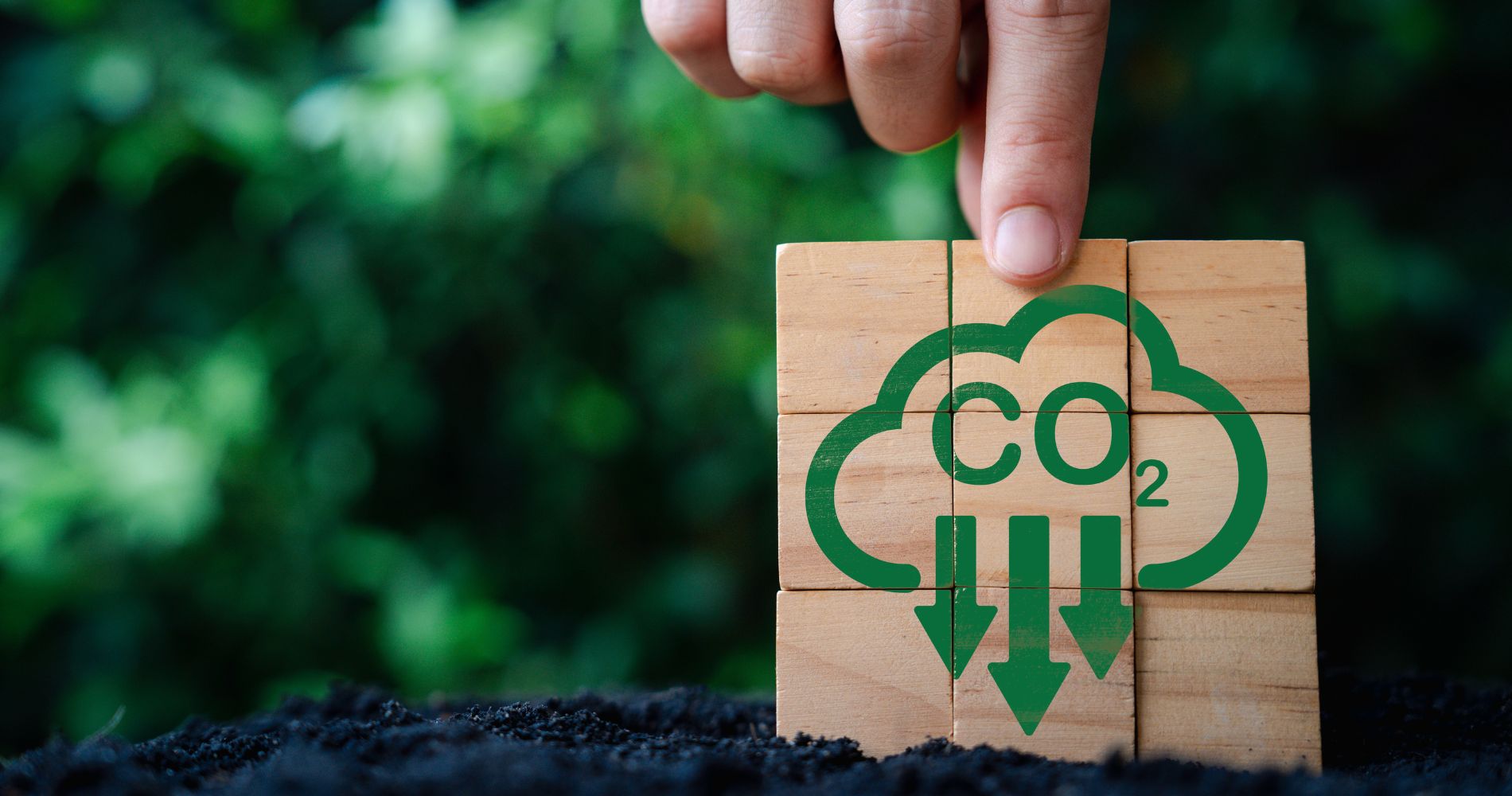Climate change is one of the greatest challenges of the 21st century, requiring innovative solutions to reduce greenhouse gas (GHG) emissions. Among emerging technologies, Bioenergy with Carbon Capture and Storage (BECCS) stands out as a promising approach, combining renewable energy production with the removal of carbon dioxide (CO₂) from the atmosphere. This technology can not only neutralize emissions but also result in negative emissions, making it an essential ally in the fight against global warming.
With new policies under development and a consolidated bioenergy sector, Brazil has the potential to become a global leader in Bio-CCS implementation, leveraging its robust ethanol and biofuel industry to capture and store carbon.
What is BECCS and How Does It Work?
Bioenergy with Carbon Capture and Storage (BECCS) is a technology that integrates bioenergy generation from biomass with carbon capture and storage processes. Biomass, which includes agricultural residues, forestry waste, and energy crops, absorbs CO₂ from the atmosphere during its growth through photosynthesis. When this biomass is converted into energy—whether by combustion, fermentation, or gasification—the CO₂ generated can be captured before being emitted and stored in deep underground reservoirs, such as saline geological formations or depleted oil fields.
This process creates a closed carbon cycle, where more CO₂ is removed from the atmosphere than emitted, making BECCS a key technology for achieving net-negative emissions.
The Importance of BECCS in Climate Mitigation
The Intergovernmental Panel on Climate Change (IPCC) estimates that, to limit global temperature rise to less than 1.5ºC, it will be necessary to remove between 5 and 10 gigatons of CO₂ per year by 2050. BECCS is one of the few technologies capable of reaching this goal.
According to the EPE (Energy Research Company) report, Brazil has the potential to capture 23 million tons of CO₂ per year just from ethanol plants, a volume comparable to the total emissions of some industrial sectors.
The International Energy Agency (IEA) projects that BECCS could capture approximately 1.3 gigatons of CO₂ per year by 2050, representing about 10% of the global reductions needed to achieve carbon neutrality.
Current Applications and BECCS Projects Worldwide
Currently, BECCS is already in use in some industries, particularly in ethanol plants and power generation facilities. Some notable examples include:
- Illinois Industrial Carbon Capture and Storage (IL-CCS), USA: Captures over 1 million tons of CO₂ per year from an ethanol plant and stores it in deep geological formations.
- Drax Power Station, UK: A biomass power plant that is already implementing BECCS, aiming to capture 8 million tons of CO₂ per year by 2030.
- FS Project in Lucas do Rio Verde (MT), Brazil: Plans to capture and store 423,000 tons of CO₂ per year, potentially making its ethanol production carbon-negative.
Bio-CCS in Brazil and Incentive Policies
Currently, Brazil lacks a consolidated regulatory framework for Bio-CCS, but some initiatives are underway:
- The Fuels of the Future Program proposes up to a 20% efficiency bonus for biofuels that adopt Bio-CCS.
- The RenovaBio program, Brazil’s main biofuel incentive policy, may include Bio-CCS in energy efficiency certification.
- To ensure that emissions are truly negative, it is crucial to improve carbon cycle accounting methodologies.
The EPE report recommends creating regional carbon capture and storage hubs, sharing infrastructure to reduce costs and enable large-scale Bio-CCS deployment.
What to Do with Captured CO₂?
After capture, CO₂ can be safely stored or utilized in various industrial applications, creating new economic opportunities. The main options include:
1. Permanent Geological Storage
CO₂ can be injected into deep geological formations, ensuring that it is not released back into the atmosphere. This is the most effective approach for securing negative emissions.
2. Enhanced Oil Recovery (EOR)
CO₂ can be used to extract oil from depleted fields, reducing the need for new drilling operations.
3. Production of Synthetic Fuels (E-Fuels)
Combined with green hydrogen, CO₂ can be converted into synthetic fuels, such as methanol and sustainable aviation fuel (SAF).
4. Sustainable Plastic Production
CO₂ can be used in the manufacturing of biodegradable polymers, reducing dependence on petroleum-based products.
5. Carbon-Infused Concrete
Certain technologies allow CO₂ injection into concrete, making it more durable while storing carbon permanently.
6. Beverage Industry
Captured CO₂ can be purified and used for carbonation in soft drinks, sparkling water, and beer. Some companies have already adopted this practice to reduce their carbon footprint.
Challenges for BECCS Expansion in Brazil
Despite its great potential, BECCS implementation still faces challenges:
- High Costs: CO₂ capture and storage remains expensive, ranging from US$ 60 to US$ 250 per ton of CO₂ captured.
- Infrastructure: The creation of pipelines and geological storage sites requires significant investments.
- Regulations and Incentive Policies: Including Bio-CCS in the carbon market could be crucial for making this technology financially viable.
The Future of BECCS and the Low-Carbon Economy
BECCS is emerging as one of the most effective solutions for achieving net-negative emissions and combating climate change. Beyond its environmental benefits, this technology opens up new opportunities for a low-carbon economy, with industrial applications that can convert captured CO₂ into valuable products.
With its strong bioenergy industry, Brazil has enormous potential to become a global leader in Bio-CCS. However, this will require a joint effort from the private sector, government, and research institutions to develop infrastructure, reduce costs, and create incentive policies.
If well planned, BECCS can be more than just a climate solution—it can be a catalyst for a new sustainable economy based on technological innovation.







